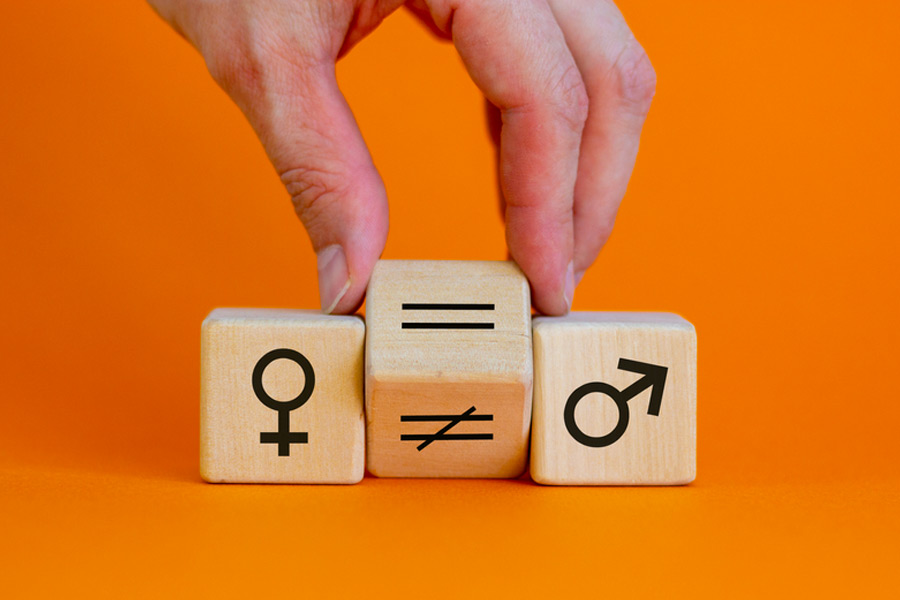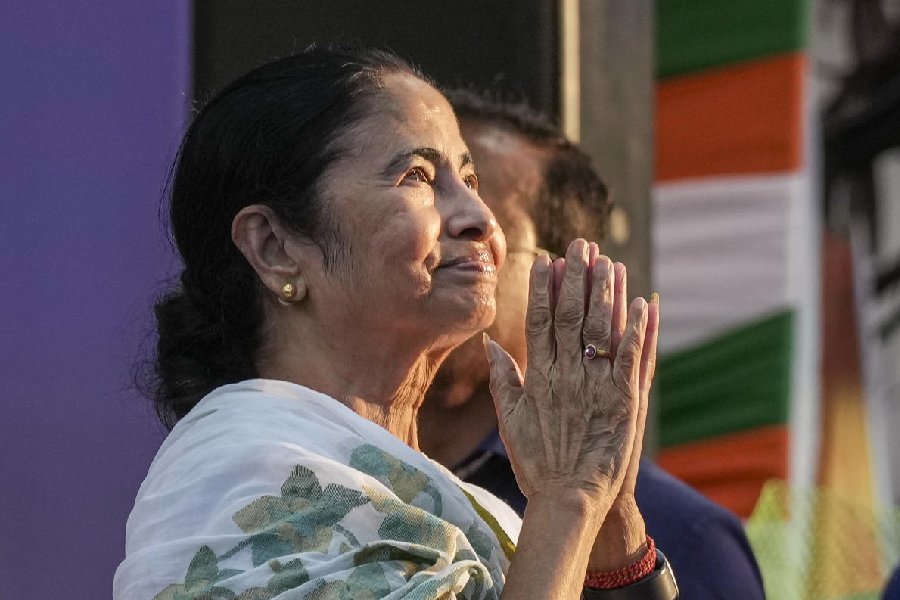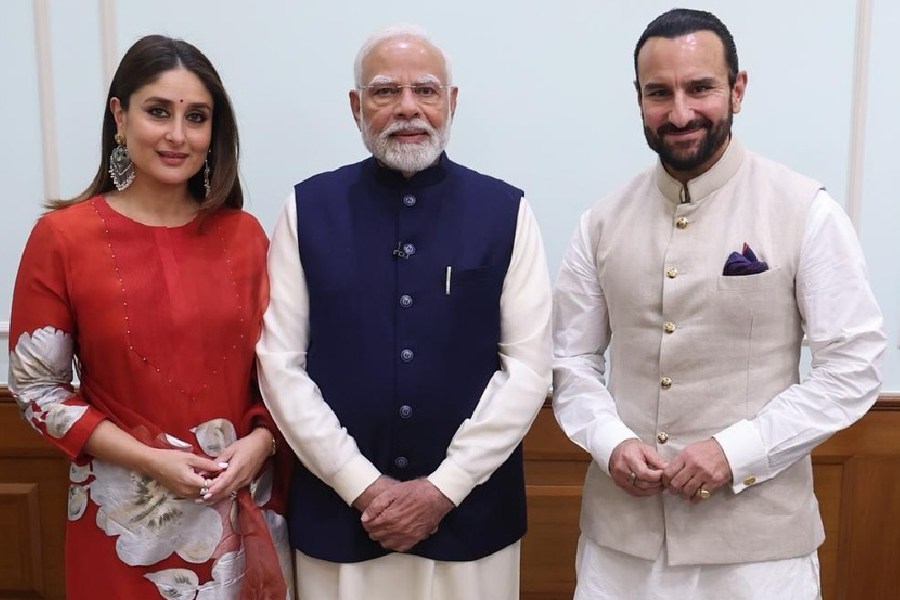Schools teach more than written lessons. They teach gender roles. In India, school textbooks still maintain that men should work and women should look after the home and their appearance.
A recent research on NCERT and state board school textbooks points at the sexism inherent in their vocabulary. Researchers from the Washington DC think tank Center for Global Development have looked at 406 state board textbooks from 10 states and 60 NCERT textbooks and have found them abounding in gender stereotypes.
Textbooks from South Asia show the strongest bias towards men in the language that is used around achievement and work, and the strongest bias towards women in the language around appearance, compared to books from the UK, the US, Australia and Sub-Saharan Africa, said researchers Lee Crawfurd, Theodore Mitchell, Radhika Nagesh, Christelle Saintis-Miller and Rory Todd. They spoke about their research to The Telegraph via email. An article titled “Analysing gender bias in school textbooks in India” authored by them based on their research was published in August in Ideas for India.
In South Asia there is a high female bias around the words “home” and “appearance”, “meaning female-gendered words like ‘she’ and ‘her’ are closely linked to appearance words like ‘ugly’ and ‘beautiful’,” the researchers said, explaining a figure with the parameters “achievement”, “home”, “appearance” and “work”. “In the ‘achievement’ graph, South Asia has a low female bias, meaning male words are more closely linked to achievement words like ‘success’ and ‘powerful’.”
Elaborating on this, the researchers cited a 2022 survey by the Washington DC-based Pew Research Center on gender roles in Indian families and society, which found that Indians were among the most likely to agree with the statement: “When jobs are scarce, men should have more job rights than women”. The same research found that Indians were likely to believe that marriages were more satisfying if the husband provided for the family while the wife took care of the house and children. Fair skin for girls and women remains a fixation in India.
The research on textbooks also counted the number of times male and female words had been used in the books and whether this kind of gender representation could be corelated with prevailing attitudes towards women and girls in the respective societies. States were looked at simultaneously from a progressive gender attitude index and the share of female words counted in the textbooks. The progressive gender attitude index was applied from the Pew Research Center survey.
This analysis threw up some surprises.
Gujarat stood out with the highest female representation, despite the lowest score on progressive gender attitudes. On the other hand, Mizoram, with one of the highest scores on progressive gender attitudes, had only 22 per cent female representation in schoolbooks.
These data, the researchers said, were “only a crude measure of the level of sexism in textbooks”, but they may suggest that prevailing gender attitudes were “not necessarily an obstacle to increasing and improving female representation in learning materials”.
Maharashtra state board textbooks showed the third lowest female representation among all states in India. Karnataka had the least female representation in its textbooks, according to this research.
Though states in India have their own school boards, many states choose their state board books to reflect the national NCERT syllabus, as several national-level entrance exams for higher education are based on the NCERT syllabus. In 2021, 23 of 28 state boards were using NCERT books in some or all grades, they added.
The 406 state board textbooks were from Andhra Pradesh, Chhattisgarh, Gujarat, Karnataka, Kerala, Maharashtra, Mizoram, Punjab, Tamil Nadu and Telangana. The 60 NCERT textbooks were from Arunachal Pradesh, Bihar, Himachal Pradesh, Jammu and Kashmir, Jharkhand, Madhya Pradesh, Rajasthan, Sikkim and Uttarakhand.
The subjects of the textbooks included STEM, social sciences, humanities and practical and applied sciences. Only English-language textbooks were chosen. Textbooks from Bengal were not chosen as their English versions were not available online.
But textbooks across countries are guilty of male bias. “Overall across our full sample of books there are over twice as many occurrences of male words (1,78,142) as there are female words (82,113),” the paper said.
High-income countries used female words more.
Globally, too, textbooks located men and women in separate domains. The five words with the strongest male associations were “leader”, “authority”, “powerful”, “effort” and “power”. The five words with the strongest female bias were “wedding”, “slim”, and “cousins”, “ugly” and “beautiful”. The five most likely male verbs were “refracted”, “preached”, “revealed”, “reflected” and “adding”. The five most likely verbs to be used for female gender were “cooking”, “cooked”, “sang”, “marry” and “screamed”.











